Kurt Lotterschmid’s first creation, the C1000 of 1995, didn’t leave much of an impression on the supercar world. Unfortunately his follow up, the 2001 Sirius, suffered a similar fate with just a single car built. The Sirius was never going to be a big seller anyway; Lotec was geared up to produce no more than five cars per year and with a price tag of £380,000 the Sirius was up against some very talented competition from much more high-profile marques.
What those rivals generally didn't have was an 850bhp engine, which in this case was a twin-turbo 6.0-litre V12 borrowed from the Mercedes parts bin, and with a kerb weight of 1390kg that was enough to give the Sirius a claimed top speed of 242mph – a figure that was never independently verified. The Sirius's basic V12 engine was the same as the one that Mercedes supplied to Pagani for the Zonda, which was a 48-valve 6.0-litre unit with a pair of KKK K27 turbochargers attached.
With the turbos set at 0.85 bar the V12 generated 850bhp at 6000rpm along with a monstrous 737lb ft of torque at 3800rpm. For those who wanted even more it was possible to increase the turbochargers' boost pressure to give 1200bhp, while the final drive ratio could also be lowered to give even more fearsome acceleration.
The power was sent to the rear wheels via a six-speed CIMA manual transaxle, the same as that found in contemporary Paganis and Koenigseggs, while helping to get all of that power down there was a limited-slip differential along with electronic traction control.
Pretty much everything mechanically was borrowed wholesale from racing car best practice. That meant unequal-length wishbones front and rear, inboard coilovers, anti-roll bars front and rear plus enormous servo-assisted brakes with anti-lock; the wheels had a diameter of 19 inches.
The Sirius's relatively low weight was courtesy of a carbonfibre bodyshell draped over a tubular steel spaceframe, and while this was a pretty hardcore supercar it was also intended to be eminently usable so it featured such niceties as air conditioning and power steering.
Sketches of an updated Sirius were released at the end of 2008 with Lotec claiming that the revitalised car would go on sale in 2009. No technical details were given but in the end it made no difference as no updated car was ever built, ensuring that the original Sirius of 2001 would remain a one-off.
| Vital statistics | |
|---|---|
| Produced | 2001 |
| Number built | 1 |
| Engine | Mid-mounted, 5987cc, twin-turbo V12 |
| Transmission | Six-speed manual, rear-wheel drive |
| Power | 850bhp at 6000rpm |
| Torque | 737lb ft at 3800rpm |
| Top speed | 242mph (claimed) |
| 0-60mph | 3.8 seconds (claimed) |
| Launch price | £380,000 |

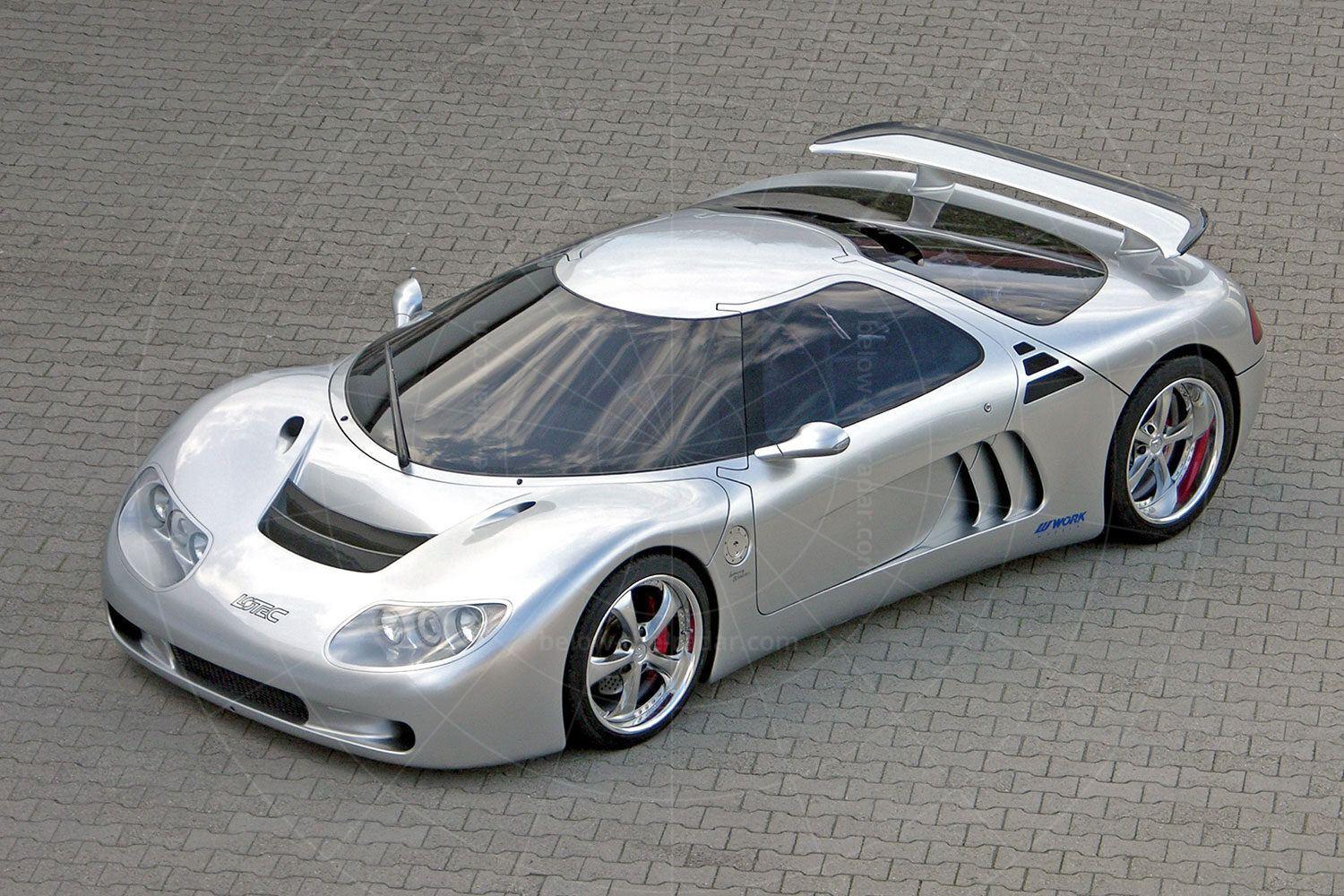
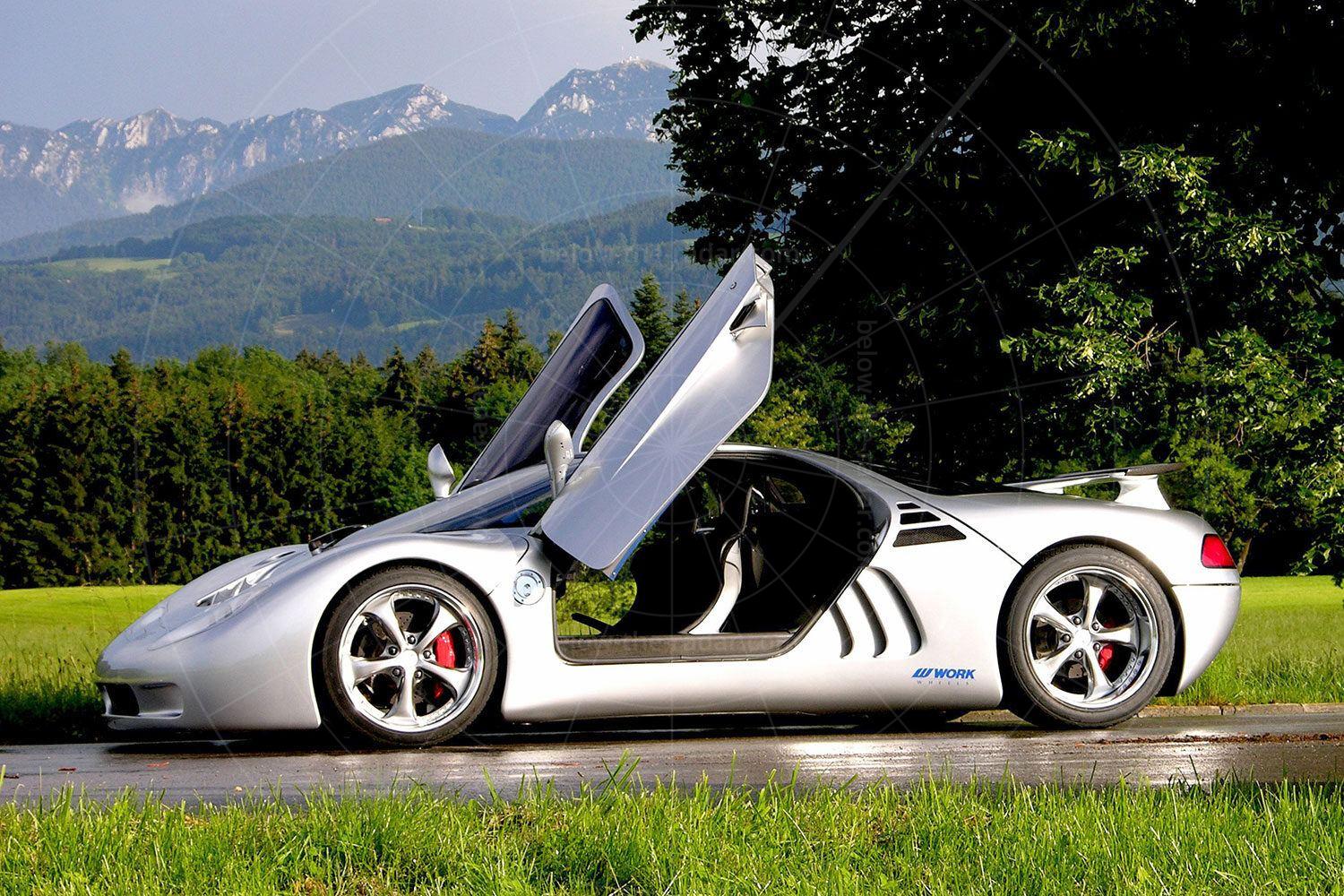
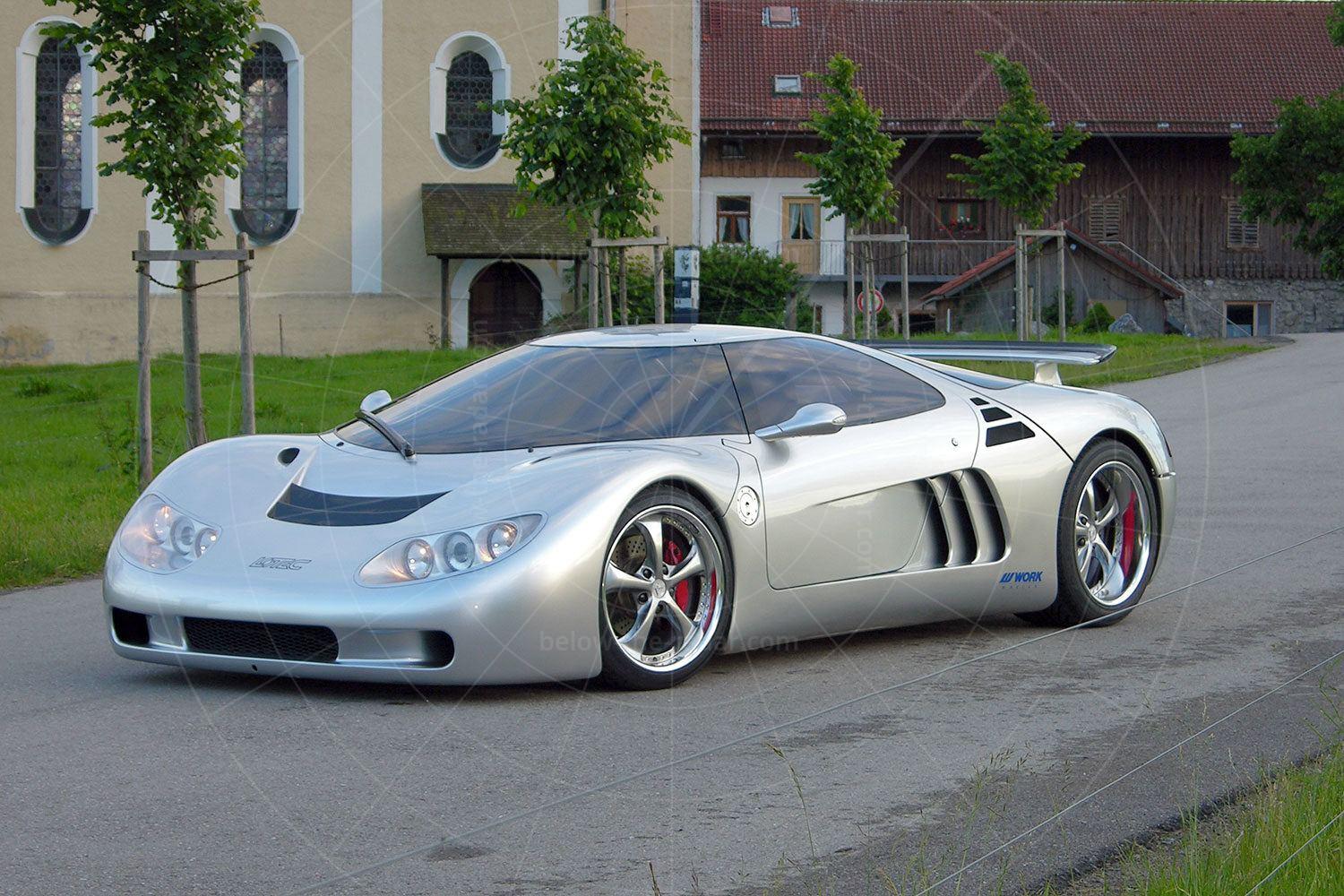
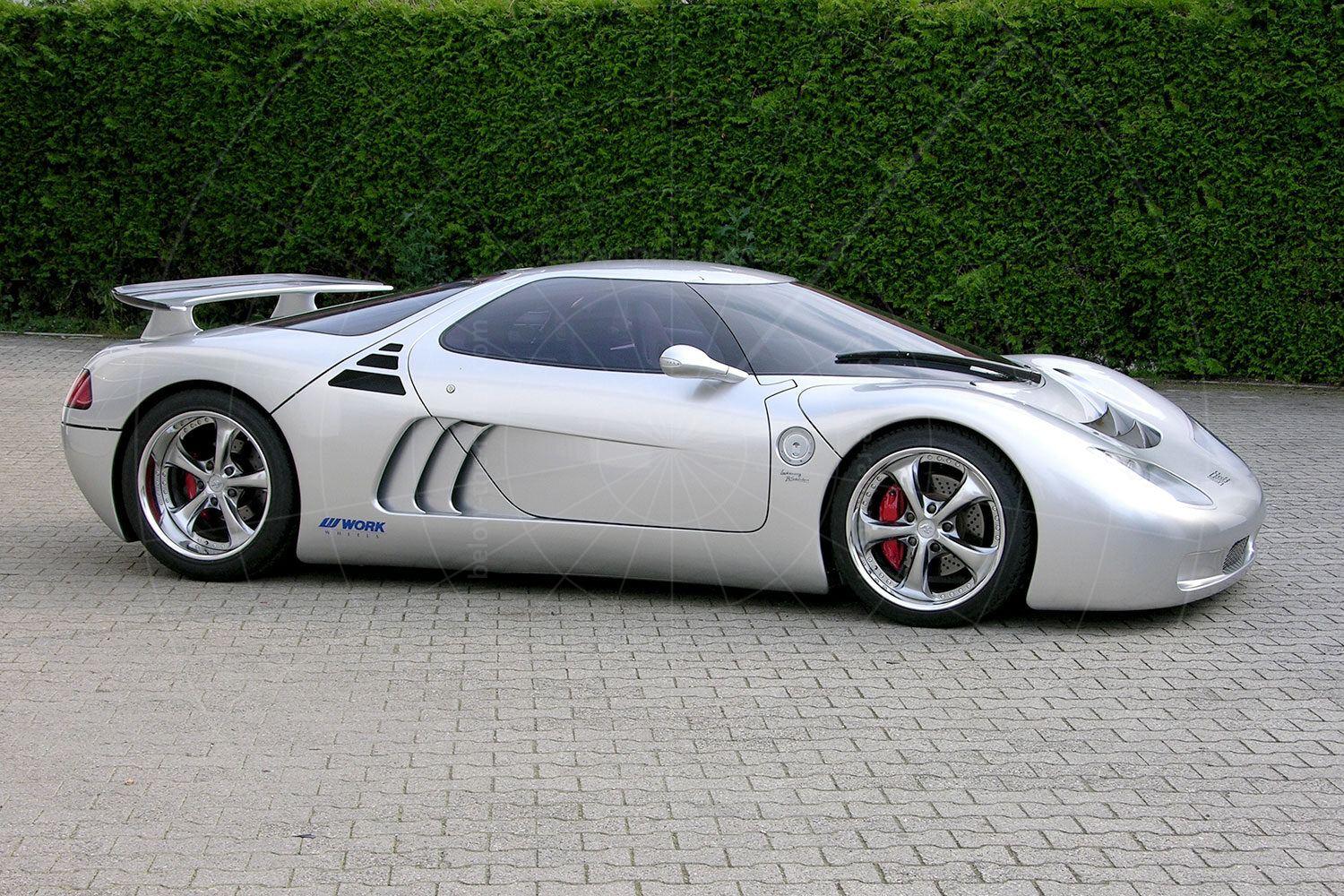
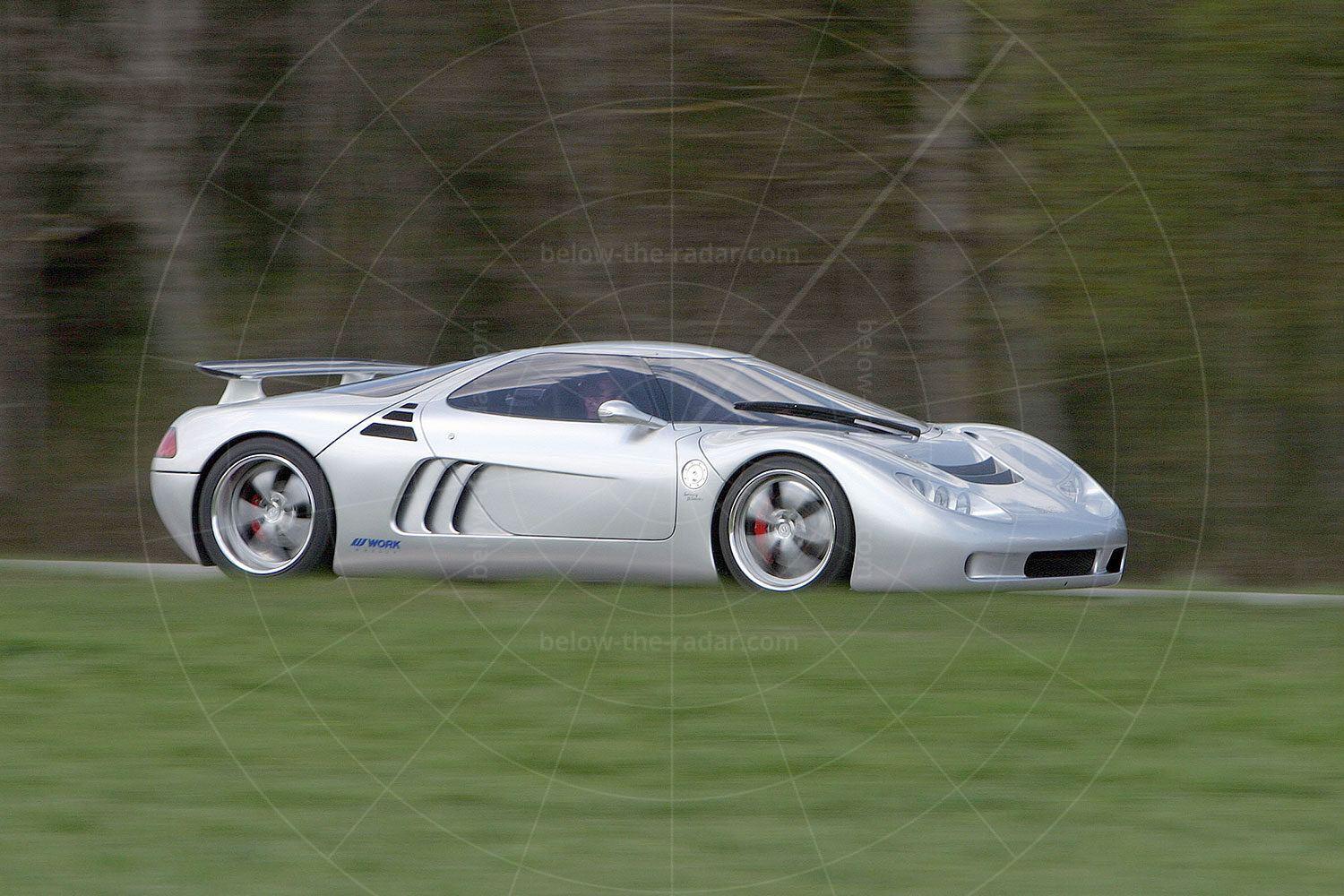
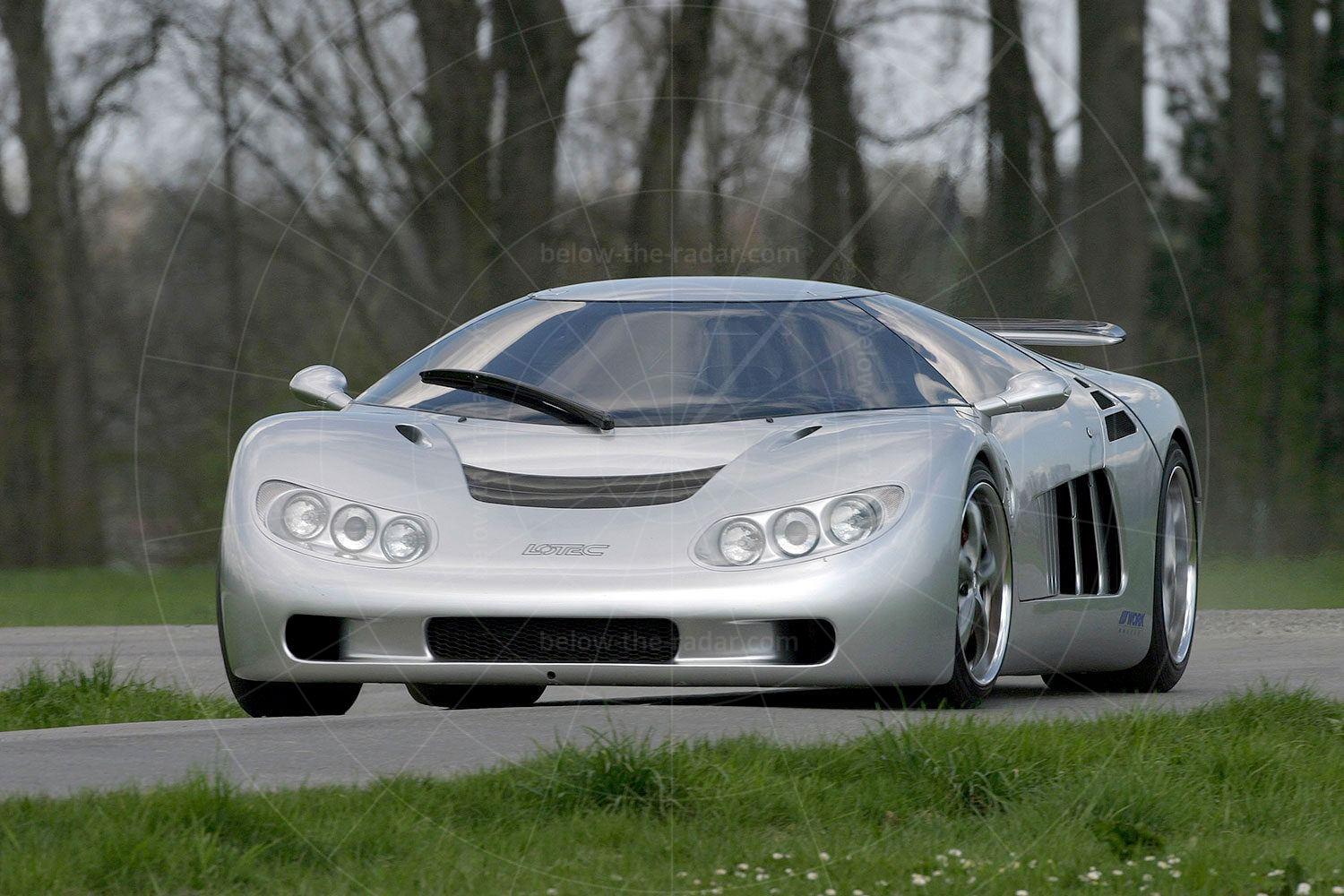
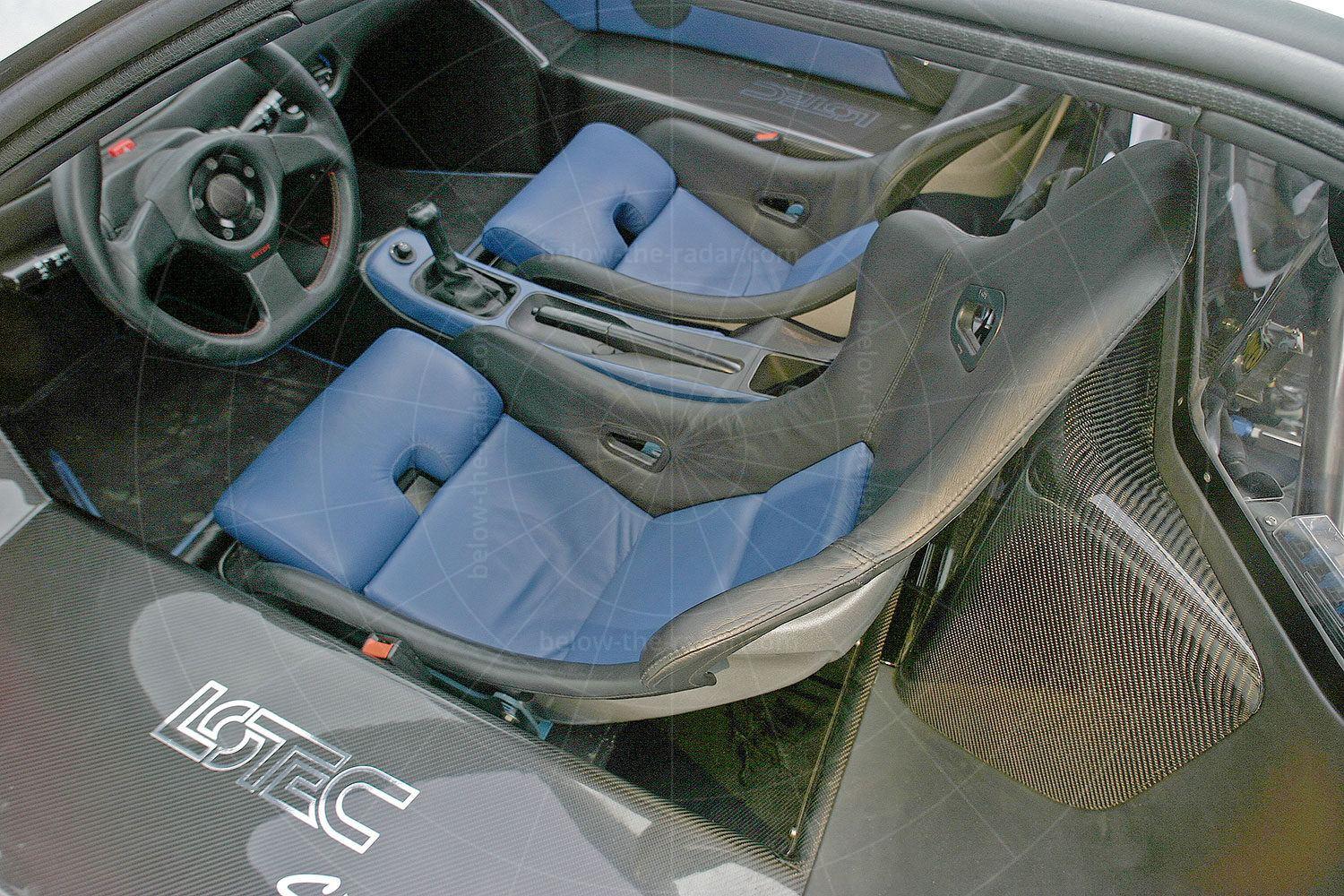
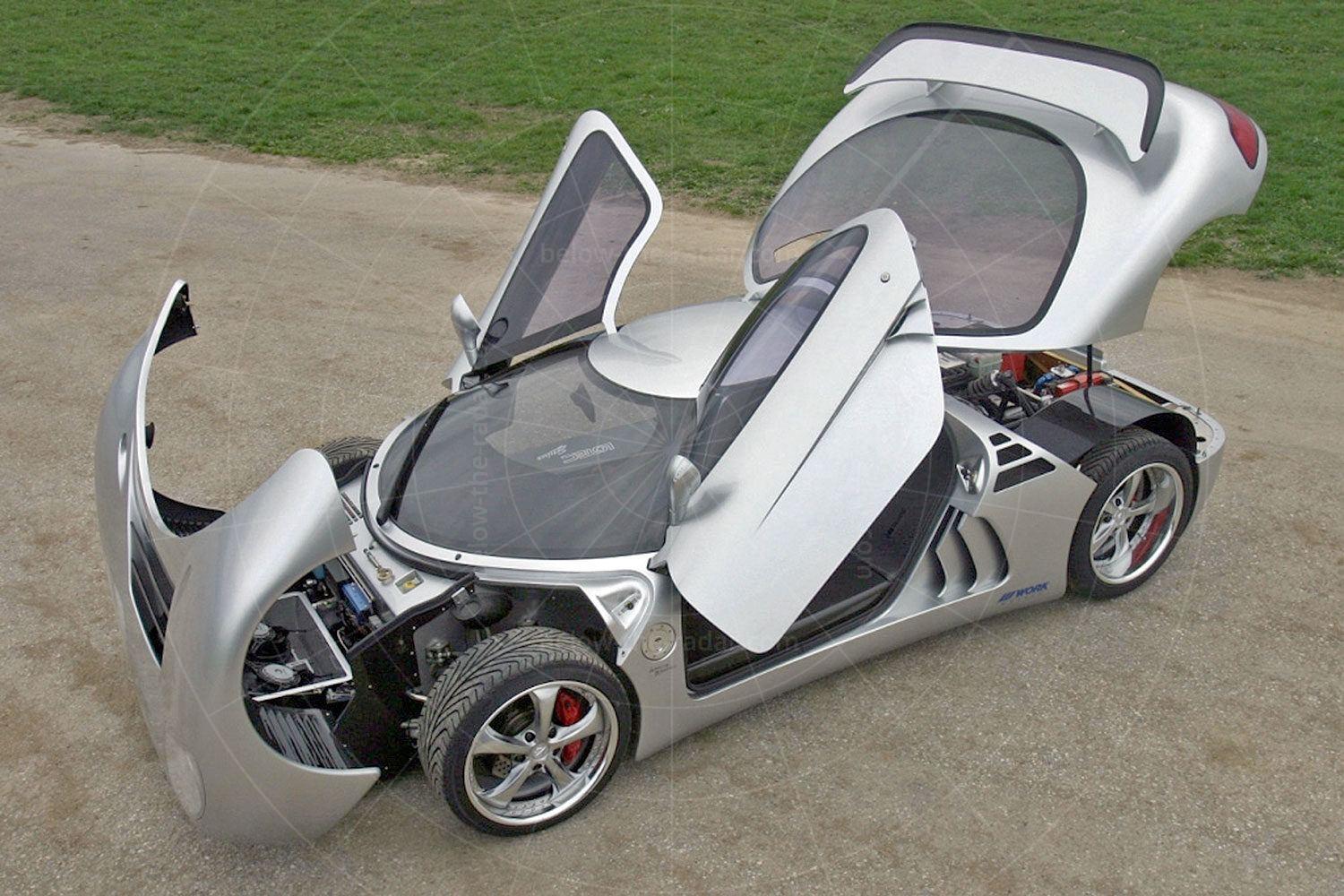
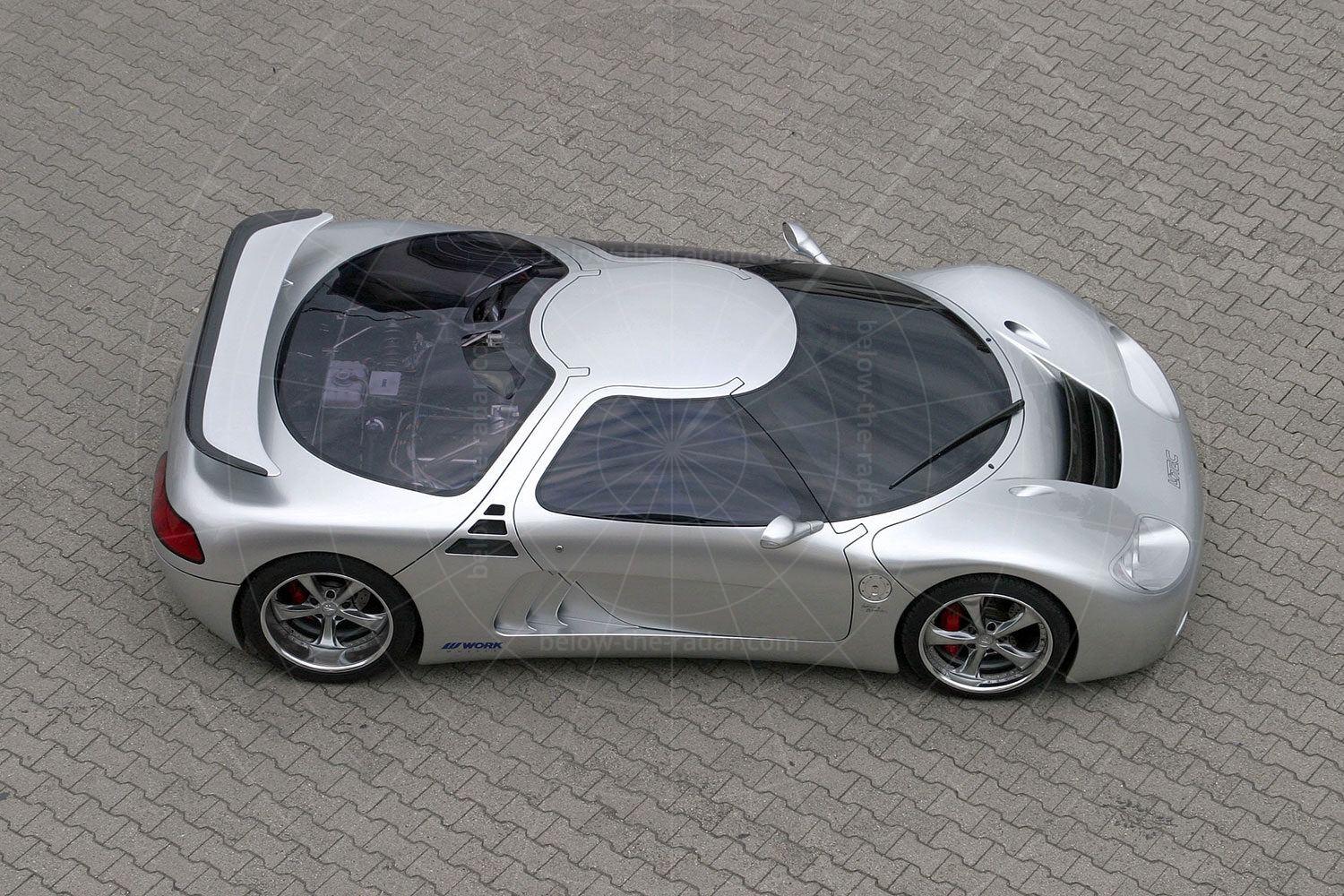
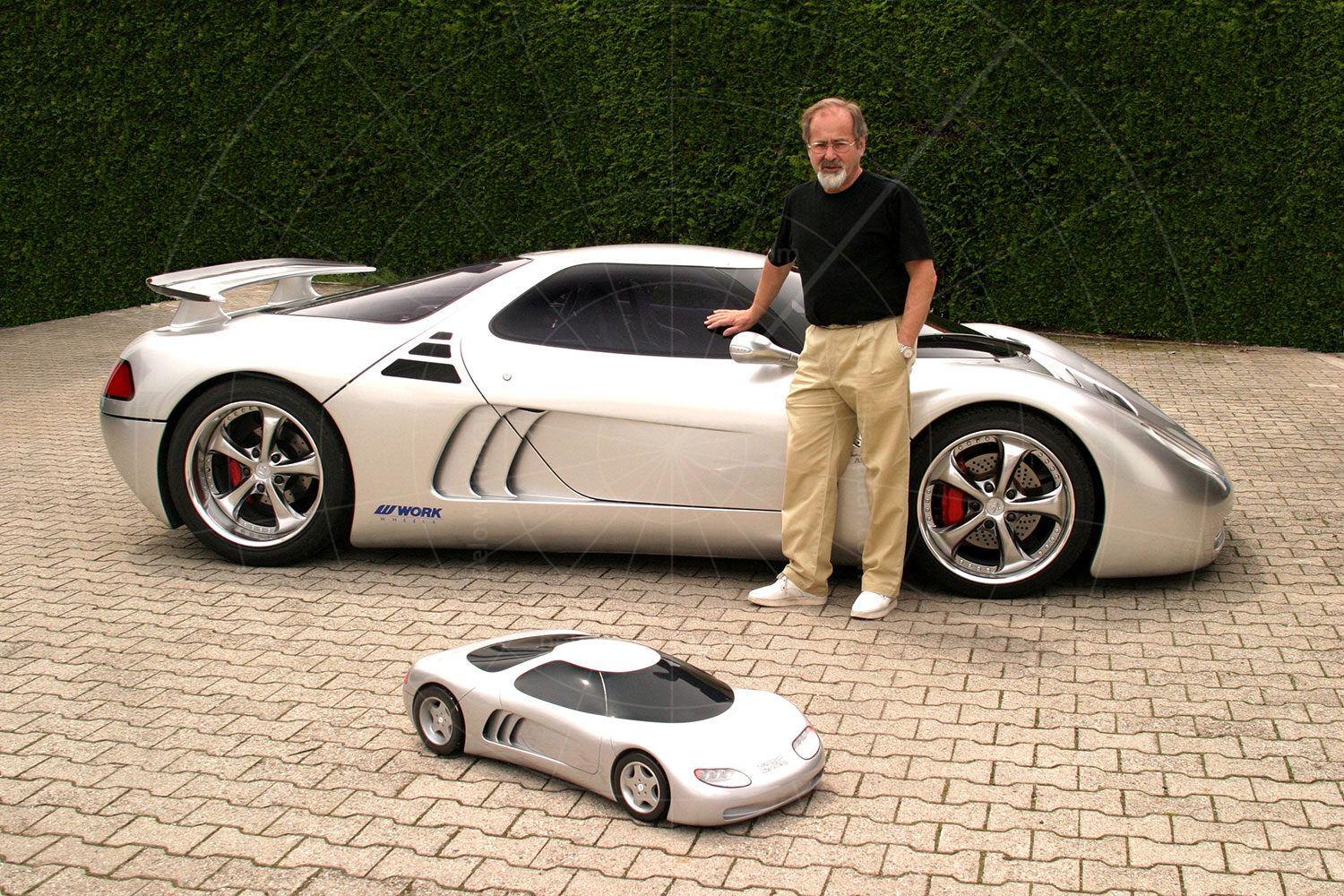
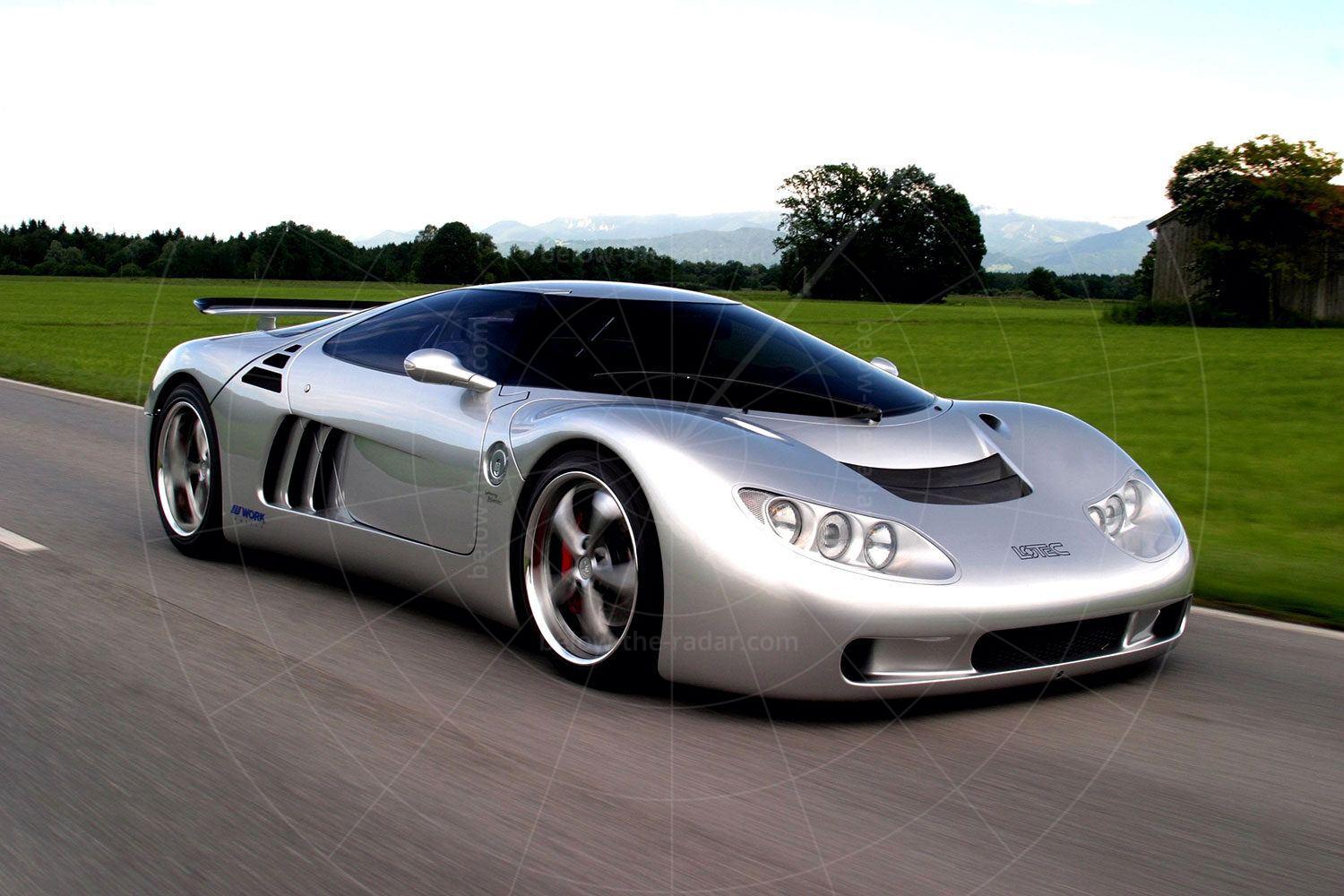

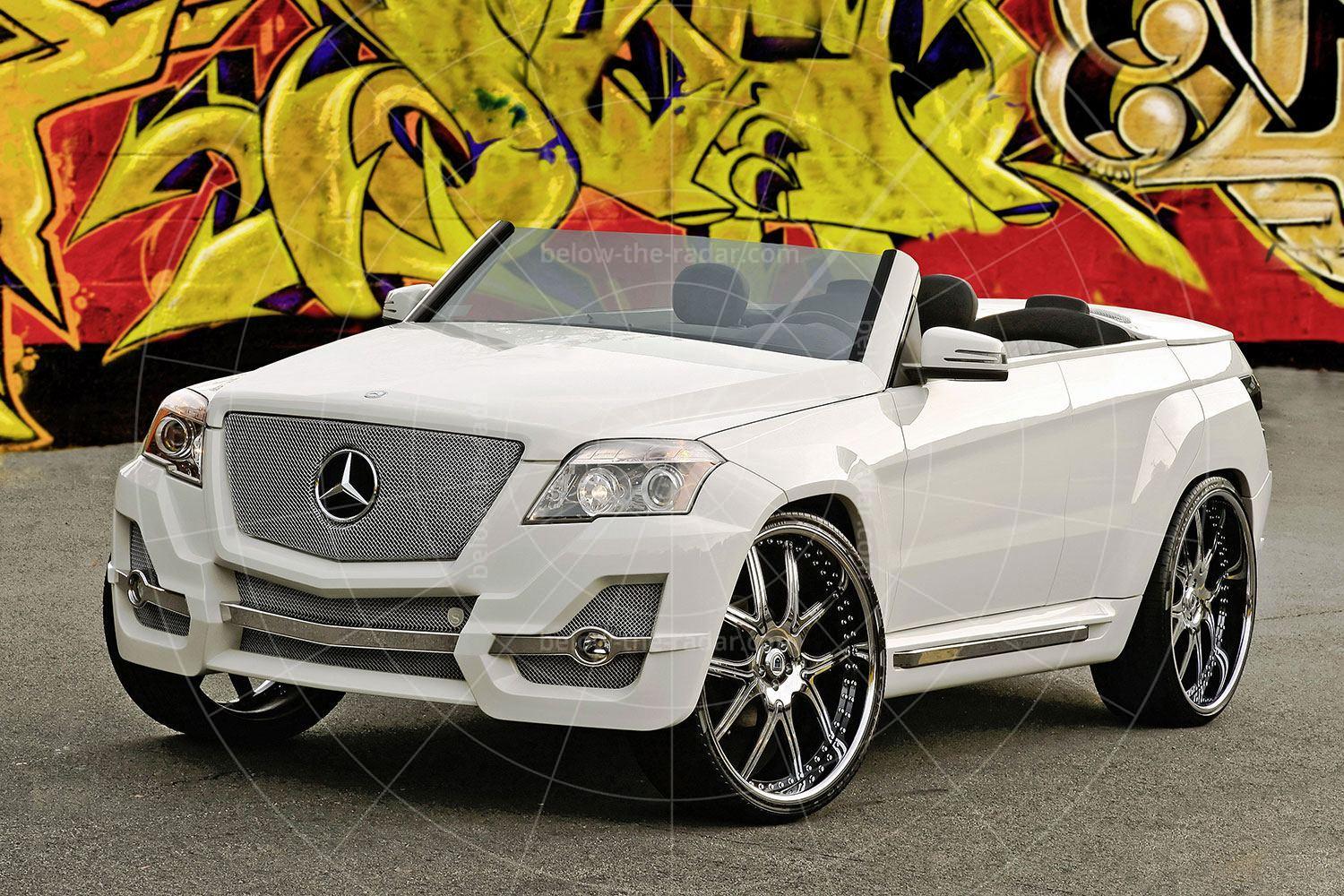
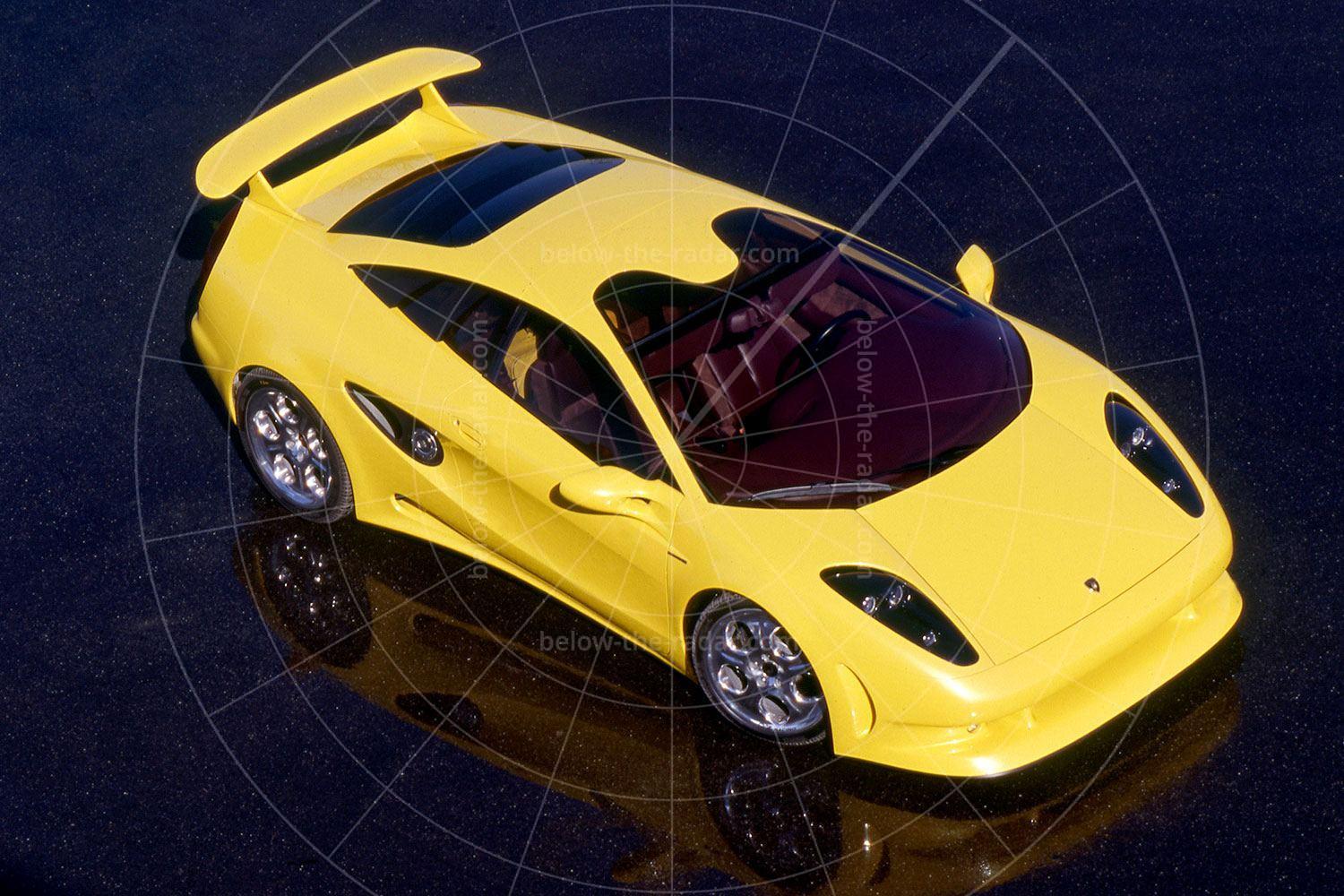
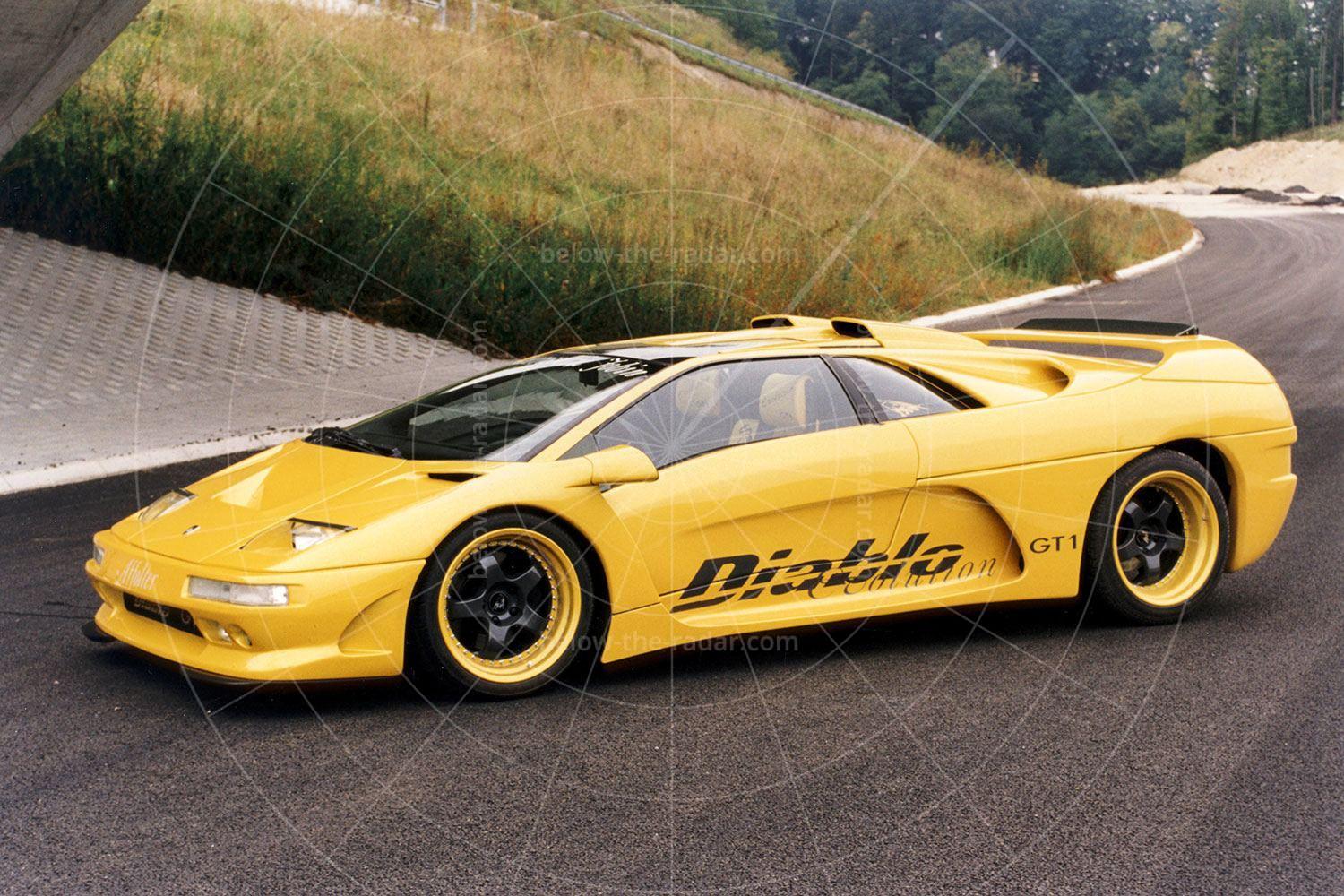
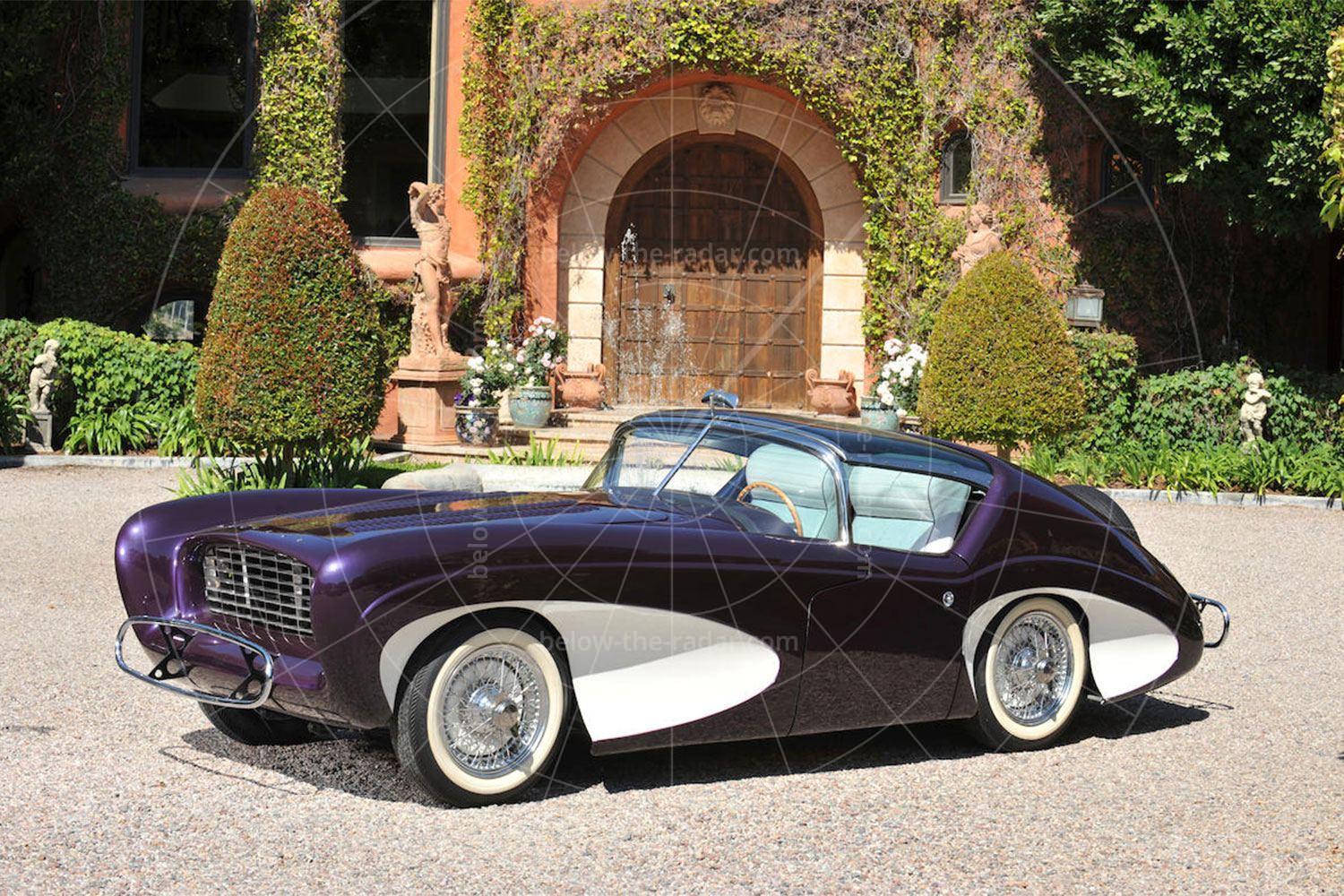
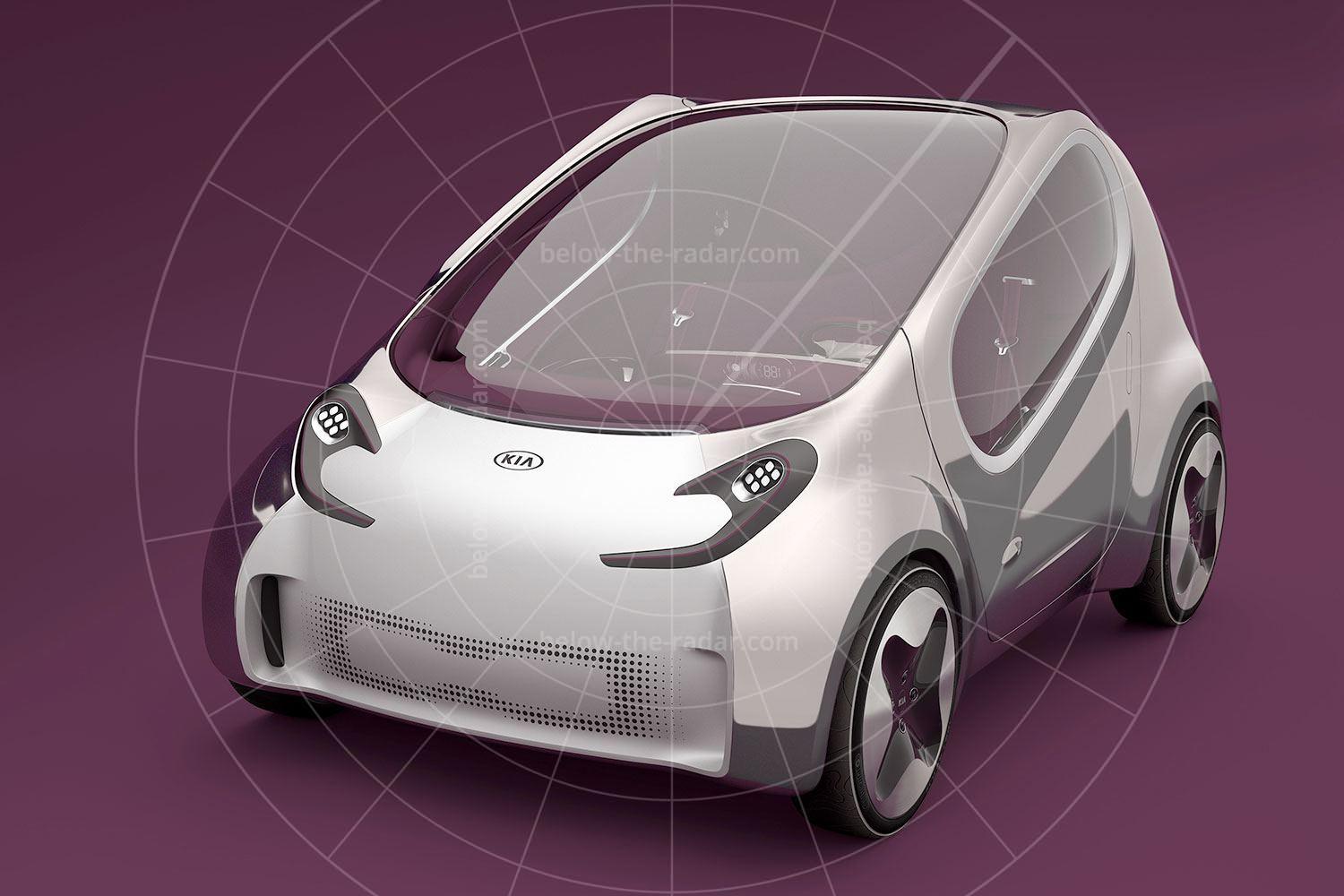
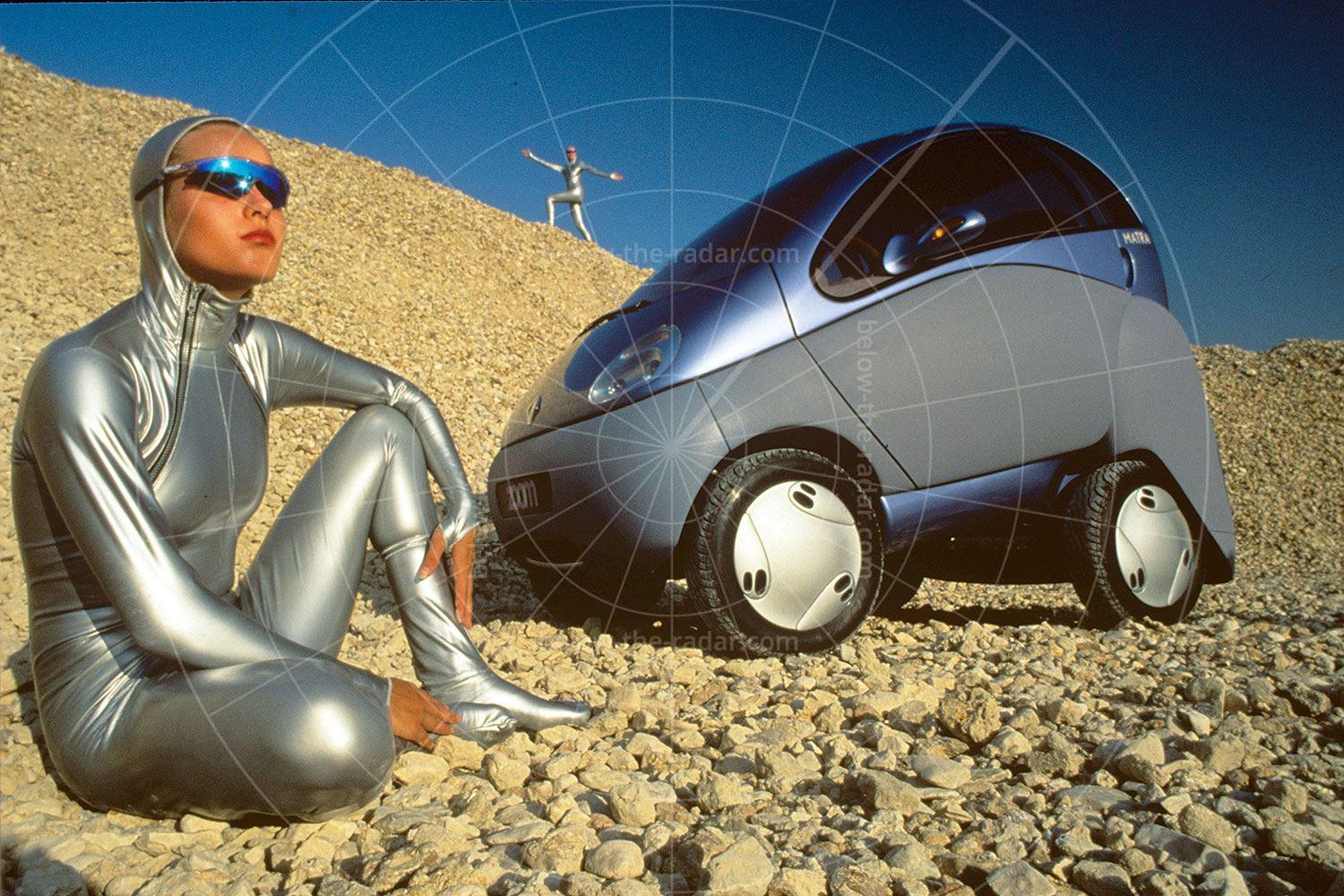

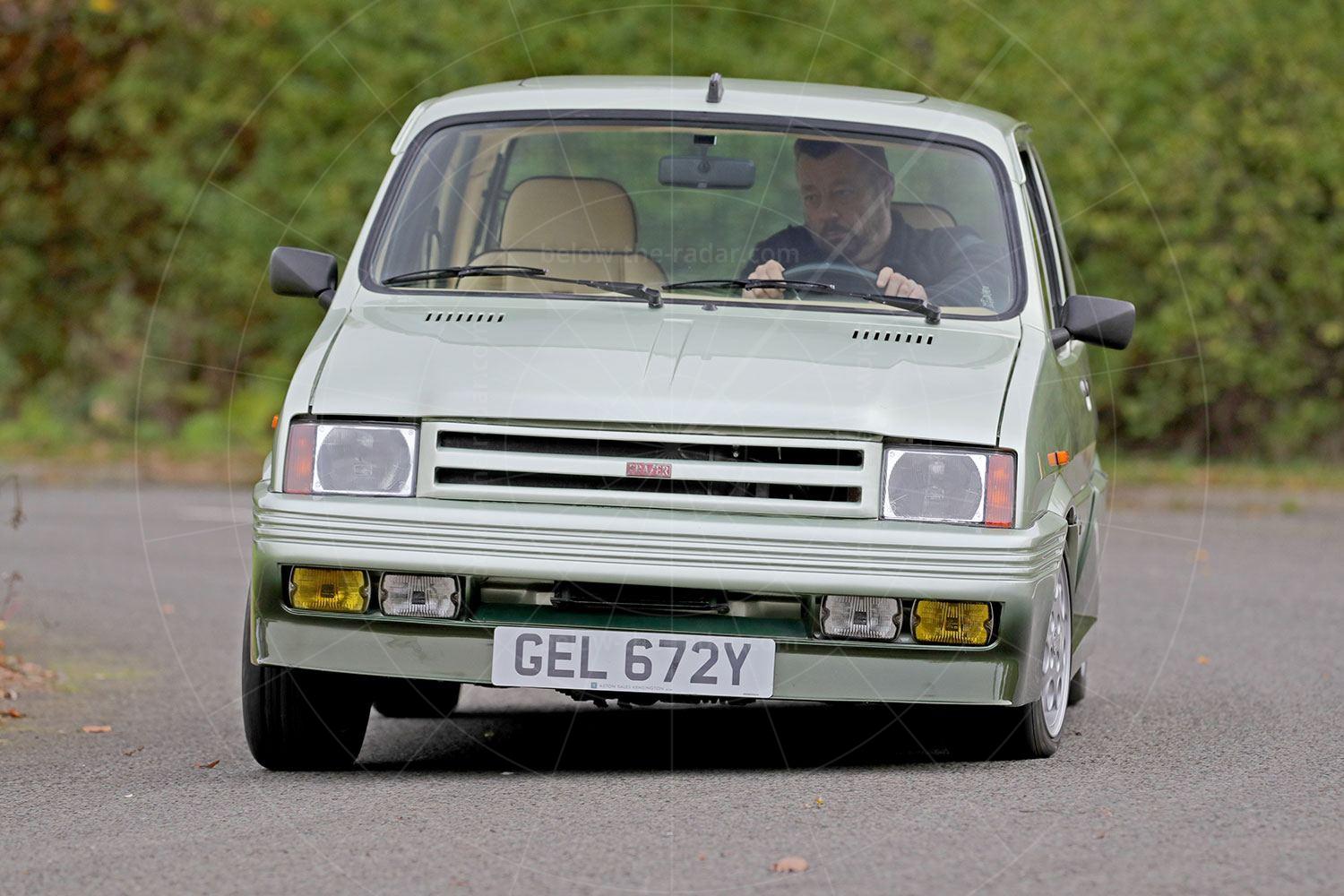
22 Comments